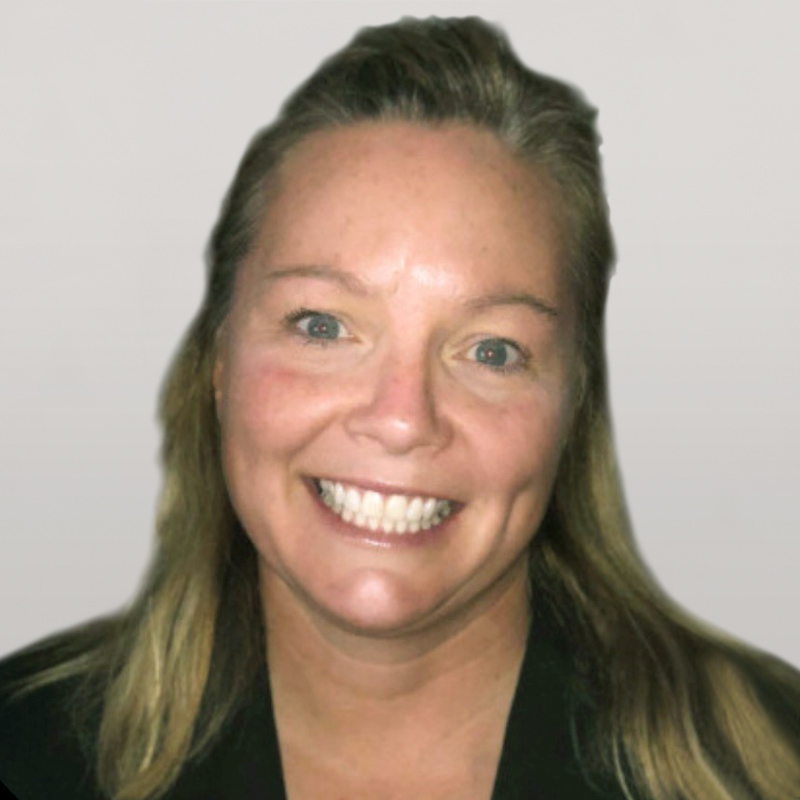Voluntary Benefits
Published by Heather Scott on July 28th, 2022
We all remember science class, right? Bunsen burners, the scientific method, maybe a model volcano or some styrofoam balls representing the solar system? While we aren’t wearing lab coats and mixing beakers here in the insurance industry, some of the principles still apply. At Trustmark, for certain, we’re still testing, learning and trying to improve.

That’s why, in 2015, we launched our Trustmark Critical HealthEvents product – we had a theory about critical illness insurance that we wanted to test. Maybe “test”, is the wrong word since our theory was more than just a shot in the dark. We researched the product extensively before introducing it to the market. But we looked at the industry and were puzzled by one glaring statistic.
When we launched our product, industry-wide, 33% of critical illness claims were denied.1 In fact, that number hasn’t changed much since, today, the industry claim denial rate remains at 32 percent.2 We wanted to change that.
The bottom line: our experiment was a success. Eureka! Over the last 4 years, Trustmark’s claim denial rate on Critical HealthEvents is roughly 8%.
So, what’s driving this change? Well, there’s an added data point that’s important to consider from that 2015 claim denial rate – what was driving those denials? The most common reasons were that the condition being submitted wasn’t covered and that the definitions of illness weren’t being met based on the terms of the contract. Much of this, was because policyholders were submitting claims for conditions that were serious, but not necessarily “far enough along” and thus, not in the contract: an early-stage cancer or a stroke without lasting impairment.
So, we expanded coverage to include early-stage illness and early identification. The claims data proved again, that we were in the right direction. Below is what we’ve seen throughout the history of our Critical HealthEvents product:
In sharing this, our intent is two-fold. Yes, we’re tremendously proud of our product and we’re excited to see that it’s having the intended effect. But we also call this out to encourage all of us to continue pushing the envelope, growing, testing new ideas and finding new ways to serve customers (even it isn’t the traditional way of doing things). In some ways, never stop being a scientist. It’s the path to achieving the goal that we all want – better protection, better health and better financial security for our customers (and your middle school science teacher will probably be proud too).
1 U.S. Critical Illness Insurance Market Survey, 2013/2014 Results, conducted by Gen Re.
2 Critical Illness 2021 Research Report. Milliman.

That’s why, in 2015, we launched our Trustmark Critical HealthEvents product – we had a theory about critical illness insurance that we wanted to test. Maybe “test”, is the wrong word since our theory was more than just a shot in the dark. We researched the product extensively before introducing it to the market. But we looked at the industry and were puzzled by one glaring statistic.
When we launched our product, industry-wide, 33% of critical illness claims were denied.1 In fact, that number hasn’t changed much since, today, the industry claim denial rate remains at 32 percent.2 We wanted to change that.
The bottom line: our experiment was a success. Eureka! Over the last 4 years, Trustmark’s claim denial rate on Critical HealthEvents is roughly 8%.
So, what’s driving this change? Well, there’s an added data point that’s important to consider from that 2015 claim denial rate – what was driving those denials? The most common reasons were that the condition being submitted wasn’t covered and that the definitions of illness weren’t being met based on the terms of the contract. Much of this, was because policyholders were submitting claims for conditions that were serious, but not necessarily “far enough along” and thus, not in the contract: an early-stage cancer or a stroke without lasting impairment.
So, we expanded coverage to include early-stage illness and early identification. The claims data proved again, that we were in the right direction. Below is what we’ve seen throughout the history of our Critical HealthEvents product:
- Claims for early-stage illness and early identification: 61% of Critical HealthEvents claims
- Claims for critical illness: 39% of Critical HealthEvents claims
In sharing this, our intent is two-fold. Yes, we’re tremendously proud of our product and we’re excited to see that it’s having the intended effect. But we also call this out to encourage all of us to continue pushing the envelope, growing, testing new ideas and finding new ways to serve customers (even it isn’t the traditional way of doing things). In some ways, never stop being a scientist. It’s the path to achieving the goal that we all want – better protection, better health and better financial security for our customers (and your middle school science teacher will probably be proud too).
1 U.S. Critical Illness Insurance Market Survey, 2013/2014 Results, conducted by Gen Re.
2 Critical Illness 2021 Research Report. Milliman.
